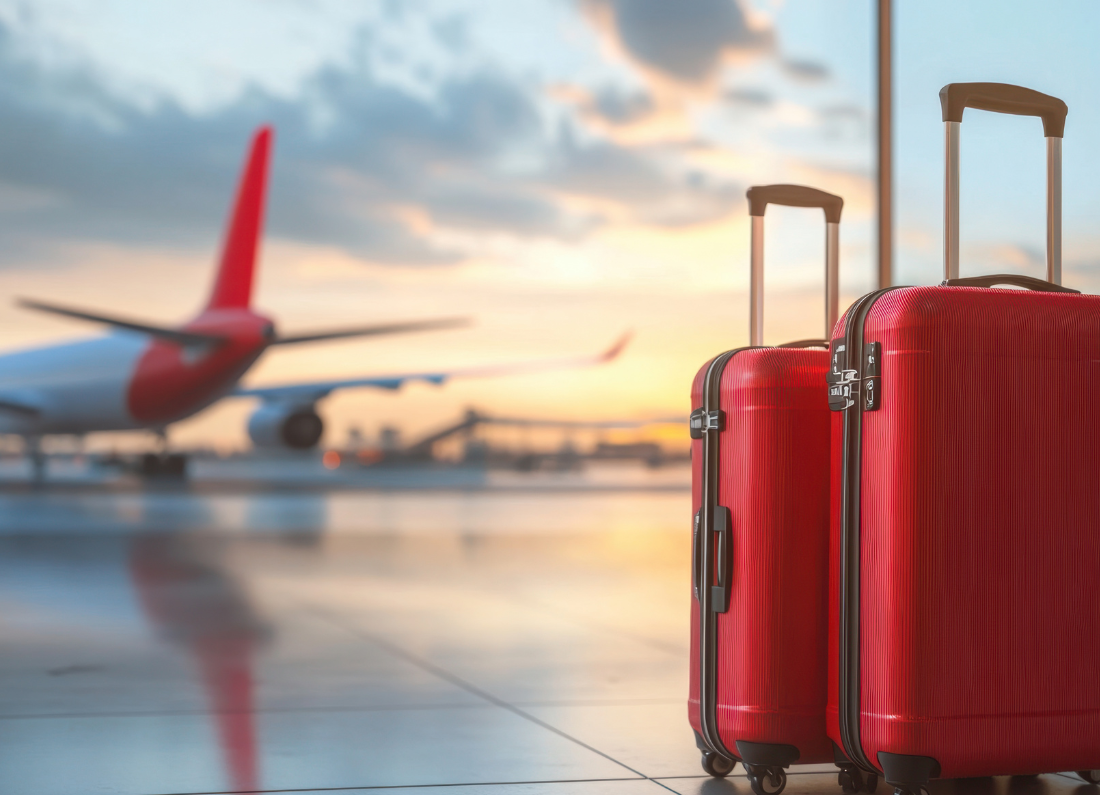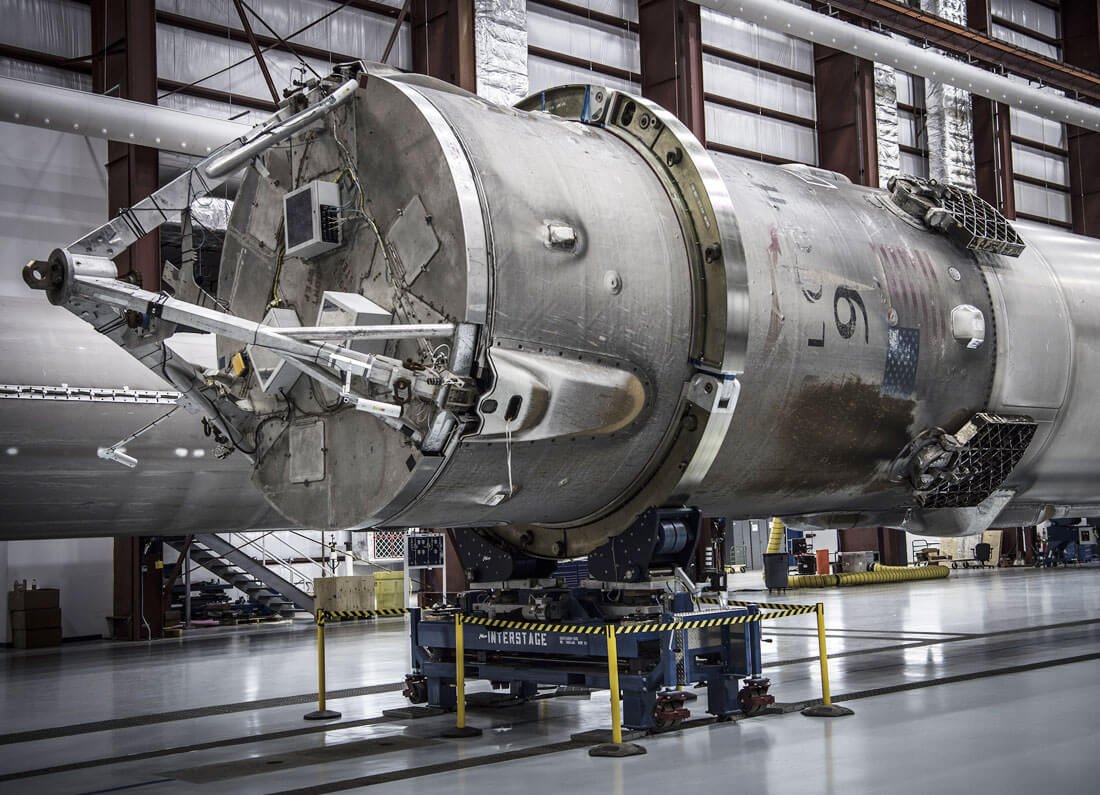Why Malaysia’s Secondary Aviation Hub Must Evolve to Stay Relevant
Subang Airport, officially recognized as Sultan Abdul Aziz Shah Airport (SZB), occupies a prominent position in Malaysia’s aviation landscape, steeped in rich history. Once the bustling international gateway to Kuala Lumpur, it has now transitioned into an essential hub for domestic flights, business aviation, maintenance operations, and private jets. However, as Malaysia’s aviation sector experiences unprecedented growth and faces escalating regional competition, a unified call for revitalization of Subang Airport’s facilities echoes throughout the industry.
Modernizing Subang isn’t merely an upgrade of infrastructure; it’s a transformative journey aimed at fortifying Malaysia’s aviation ecosystem, enticing substantial investment, and boosting the nation’s global connectivity.
Subang Airport’s Evolving Role
With Kuala Lumpur International Airport (KLIA) now the primary handler of international commercial traffic, Subang has embraced a vital role as a supportive facility specializing in:
- Turboprop Passenger Services: Catering to domestic routes and short-haul regional flights with ease.
- Private Jet Operations: Establishing itself as a nexus for business aviation.
- General Aviation Training and Recreational Flying: Serving as a launchpad for aspiring pilots and enthusiasts alike.
- Maintenance, Repair & Overhaul (MRO) Services: Supporting a burgeoning aerospace sector.
- Helicopter Operations and Medevac Flights: Providing swift access to critical services.
Its prime location—merely 25 kilometers from the vibrant heart of Kuala Lumpur—renders it perfectly suited for these specialized aviation activities. Yet, outdated infrastructure and aging facilities stifle Subang’s vast potential.
Key Areas That Require Improvement
- Terminal and Passenger Facilities
The current terminal for turboprop flights, while functional, is devoid of modern amenities and suffers from a lack of space, particularly during peak travel periods. Essential improvements include:
- Enhanced Check-in and Security Screening Areas: To accommodate growing passenger volumes seamlessly.
- Modern Waiting Lounges: Designed for comfort, featuring spacious seating and amenities that elevate the travel experience.
- Improved Accessibility and Transport Links: Ensuring that travelers can navigate to and from the airport with ease.
- Streamlined Arrival and Baggage Handling Processes: Reducing wait times and enhancing overall efficiency. A revitalized terminal could significantly enrich the passenger experience while effortlessly accommodating an increase in traffic.
- Business Aviation and Private Jet Infrastructure
As the cornerstone of Malaysia’s business aviation sector, Subang grapples with challenges:
- Limited Hangar Space: Stifling the growth of operations.
- Congestion on Aprons: Impeding the movement of aircraft and reducing efficiency.
- Overstretched Support Services: Such as fixed-base operators (FBOs) that cater to private jets and corporate aircraft.
- Inadequate VIP Facilities: Failing to meet the expectations of high-net-worth individuals seeking exclusivity and privacy. Upgrading Subang’s private jet infrastructure would not only enhance its appeal but also position Malaysia as the premier regional destination for business aviation.
- Maintenance, Repair & Overhaul (MRO) Capacity
Several leading MRO providers operate within Subang, underpinning Malaysia’s ambition to become a global aerospace hub. Nonetheless, they are confronted with:
- Shortages of Hangar and Workshop Space: Limiting their operational capacity.
- Inadequate Facilities for Widebody Aircraft Maintenance: Restricting service offerings in a competitive market.
- Lack of Support Infrastructure for Advanced MRO Technologies: Stalling innovation and efficiency. Investing in the expansion and modernization of MRO zones at Subang is vital to addressing the growing regional demand for these services.
- Airside Infrastructure and Runway Capacity
The single runway and accompanying infrastructure at Subang require critical upgrades to:
- Efficiently Handle Increased Aircraft Movements: Ensuring smooth operations as traffic escalates.
- Refine Taxiways and Parking Aprons: Reducing congestion and improving overall flow.
- Enhance Air Traffic Management Technology: Implementing state-of-the-art systems for better safety and efficiency.
- Meet International Safety Standards: Ensuring that Subang is competitive on a global scale. Without these much-needed enhancements, operational delays and congestion will undoubtedly escalate as air traffic continues to grow.
- Environmental and Noise Management
Given Subang’s close proximity to residential areas, upgrades must prioritize:
- Noise Reduction Initiatives: Protecting communities from the impacts of increased air traffic.
- Mitigation of Environmental Impacts: Fostering a sustainable approach to airport expansion.
- Community Engagement Programs: Ensuring local residents are involved in planning and decision-making processes. Striking a balance between growth and community concerns is essential for garnering public support for airport development.
A Missed Opportunity Without Action
Neglecting to invest in Subang Airport’s facilities poses serious risks, including:
- Losing vital business aviation traffic to neighboring destinations like Singapore and Thailand.
- Stunting the growth of the MRO sector.
- Diminishing competitiveness within Southeast Asia’s aviation market.
- Frustrating passengers and industry stakeholders alike.
As regional airports undergo ambitious modernization efforts, Malaysia must ensure it remains at the forefront of aviation development.
Subang’s Upgrade is a National Aviation Priority
Subang Airport has tremendous strategic value that can only be harnessed through evolution to meet the demands of contemporary aviation. Upgrading its facilities transcends mere infrastructure enhancement; it is a critical investment in the future of Malaysia’s aviation industry, fostering economic growth, generating jobs, and bolstering national connectivity.
With thoughtful planning, collaboration between government and private sector stakeholders, and a vision focused on the future, Subang Airport has the potential to reclaim its status as a world-class aviation hub, serving Malaysia and the larger Southeast Asian region expertly.













Leave a Reply